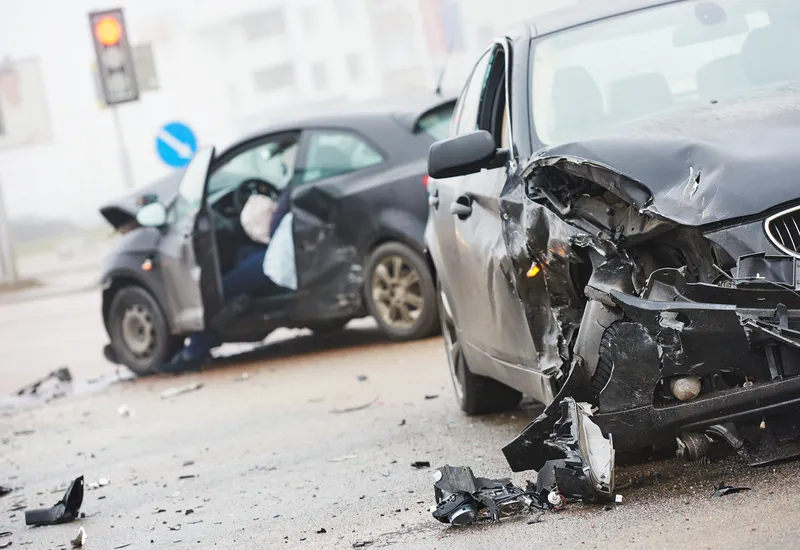
Changes to road infrastructure and implementing safer vehicle speeds have prevented almost 700,000 deaths and serious injuries in 74 countries, according to a new report.
Based on a paper from Johns Hopkins University in the US city of Baltimore, it modelled the year-by-year impact of the changes since 2016.
It looked at projects where the methodology and tools of the International Road Assessment Programme (iRAP) – a charity dedicated to saving lives by eliminating high risk roads throughout the world – were used.
This is a robust, evidence-based approach to prevent unnecessary deaths and suffering. Importantly, iRAP works in partnership with governments, road authorities and research organisations to inspect high-risk roads and develop star ratings, risk maps and safer roads investment plans.
The paper - Statistical estimation of fatal and serious injuries saved by iRAP protocols in 74 countries - estimates the likely impact of road improvements in 1,039 infrastructure projects. It shows the application of the iRAP model will have prevented an estimated 699,768 deaths and serious injuries between January 2016 and the end of 2024.
Further, the paper projects that by 2044, the existing road treatments will prevent almost 3.2 million fatalities and serious injuries, given the average effective lifespan of 20 years.
The authors say this is the first study to measure the impact of road projects financed and implemented by governments, development banks, non-government organisations and private-sector road operators using the iRAP methodology and tools.
The iRAP Star Rating Methodology provides an objective measure of road safety levels built into the road for vehicle occupants, motorcyclists, bicyclists and pedestrians. It presents an evidence-based measure of the likelihood of a crash occurring and its severity. A 1-star-rated road is the least safe while a 5-star road is the safest.
Which countries did the report look at?
Examples of projects where the iRAP methodology has been used include:
• Karnataka state in India, where deaths were reduced by 54% and injuries by 42% on a 62km-section of the Belagavi-to-Yaragatti highway.
• In Victoria, Australia, deaths fell by 77% and hospital bed days were reduced by 74% on 1,730km of key highways.
• On a section of Highway 4028 in Thailand, zero fatalities and an 89% fall in injuries were noted.
• In Shaanxi, China, road deaths fell 33% and injuries more than halved on 850km of roads.
• Meanwhile, in Albania, road deaths fell 23% following treatment on 1,335km of the nation’s busiest primary and secondary roads.
• England recorded a 54% drop in deaths on more than 7,000km of strategic network roads
• In Bogotá, the Colombian capital, speed limit reductions informed by iRAP assessments resulted in a 22% reduction in fatalities.
Safe System approach
Rob McInerney, chief executive of iRAP, says: “What this research shows is that countries and organisations that are making use of the iRAP methodology and tools to inform investment in safer roads – such as sidewalks and crossings, bicycle lanes, safety barriers and traffic calming – are having a real and measurable impact."
Globally, road deaths and injuries have declined for the first time on record, according to the latest data from the World Health Organisation, which identified improving standards of roads as an important factor.
“The Safe System approach emphasises safe road infrastructure as an essential component of its framework, said Abdulgafoor Bachani, report co-author and director of Johns Hopkins International Injury Research Unit. “Consequently, prioritising its integration into urban planning and development initiatives should become imperative in every city, country and region.”








